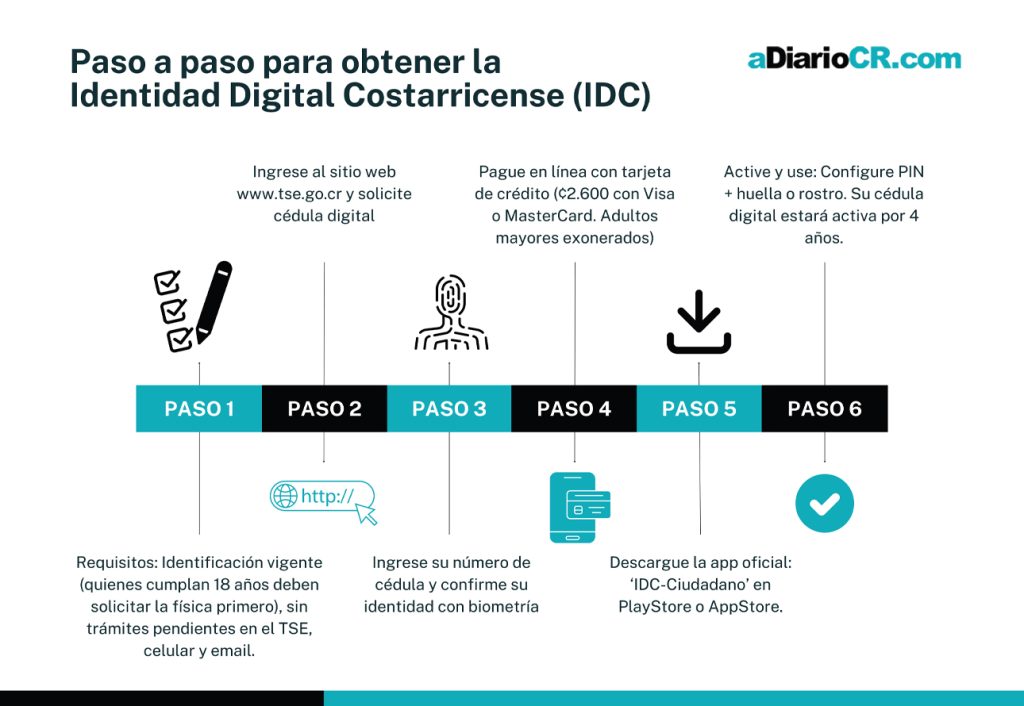In a plot twist fit for a medical mystery novel, Costa Rica is facing a dengue dilemma that’s bewildering experts and citizens alike. Catalina Ramírez Hernández, an epidemiologist with the Caja Costarricense de Seguro Social (CCSS), throws a curveball with a startling statement: “No one in Costa Rica can be sure they haven’t contracted dengue.” This declaration comes as the country records its highest number of dengue cases in history. But here’s the kicker – you could have dengue and not even know it!
The Deceptive Nature of Dengue:
Dengue, the tropical Trojan horse, is notorious for its chameleon-like symptoms. Traditional signs like fever, severe headache, pain behind the eyes, muscle and joint pain, and general malaise are textbook. However, dengue doesn’t always play by the book. Sometimes, it masquerades as a dry cold or a mild flu, other times it’s a stealthy invader, showing no symptoms at all.
The Unseen Epidemic:
Imagine a room where only a few raise their hands when asked about having dengue. The rest might just be unwitting members of the dengue club. Ramírez explains that the disease’s spectrum ranges from asymptomatic cases to those with severe symptoms. This year, dengue is like an unwelcome guest at a party, blending in so well that you don’t even realize it’s there.
The Risk of Repeated Infections:
Dengue is like a bad sequel; it gets worse each time. Subsequent infections increase the risk of severe complications. The problem? Many people don’t recognize their first brush with the virus, leaving them vulnerable and unprepared for round two or three.
The Silent Spread:
For every person who seeks medical attention for dengue, there are about 20 who don’t. Why? Because they either don’t exhibit typical symptoms or don’t feel “bad enough” to consult a doctor. Add to this the fact that dengue virus parties alongside other respiratory viruses, leading to symptom confusion and even co-infections with the likes of COVID-19 or influenza.
The Year of Dengue:
2022 has been a banner year for dengue in Costa Rica, but not in a good way. With over 24,000 cases reported by mid-November, the country is battling an unseen enemy. All four dengue serotypes are currently circulating, making second, third, or even fourth infections more likely.
The Climate Change Connection:
Experts attribute this year’s dengue surge to several factors, including the pandemic altering the behavior of diseases, climate change, extreme rain episodes, and water rationing that leads to more water storage – and hence, more breeding grounds for the Aedes aegypti mosquito, dengue’s winged henchman.
Prevention and Action:
Ramírez emphasizes two critical responses: prevention and proactive healthcare. Eliminating breeding grounds for mosquitoes is crucial. But equally important is seeking medical attention when feeling unwell, as healthcare professionals can distinguish dengue from other illnesses and recommend appropriate care.
Beyond Platelet Counts:
Monitoring for dengue isn’t just about watching platelet counts. The disease’s variety means not every severe case presents with bleeding. Medical vigilance is key to understanding how to proceed with each unique case.
A Country on Alert:
Though dengue cases are expected to decline with the end of the rainy season, health authorities remain vigilant. The Ministry of Health has been working overtime, eliminating over a million dengue breeding sites and conducting targeted fumigations in high-risk areas like Limón and Sarapiquí.
In the face of this hidden epidemic, Costa Ricans are reminded of the importance of destroying potential breeding sites and seeking medical help when needed. Dengue in Costa Rica is a complex puzzle, a blend of hidden threats and misunderstood symptoms. It’s a reminder that sometimes the most dangerous enemies are the ones we don’t see coming.
Source link
admin



